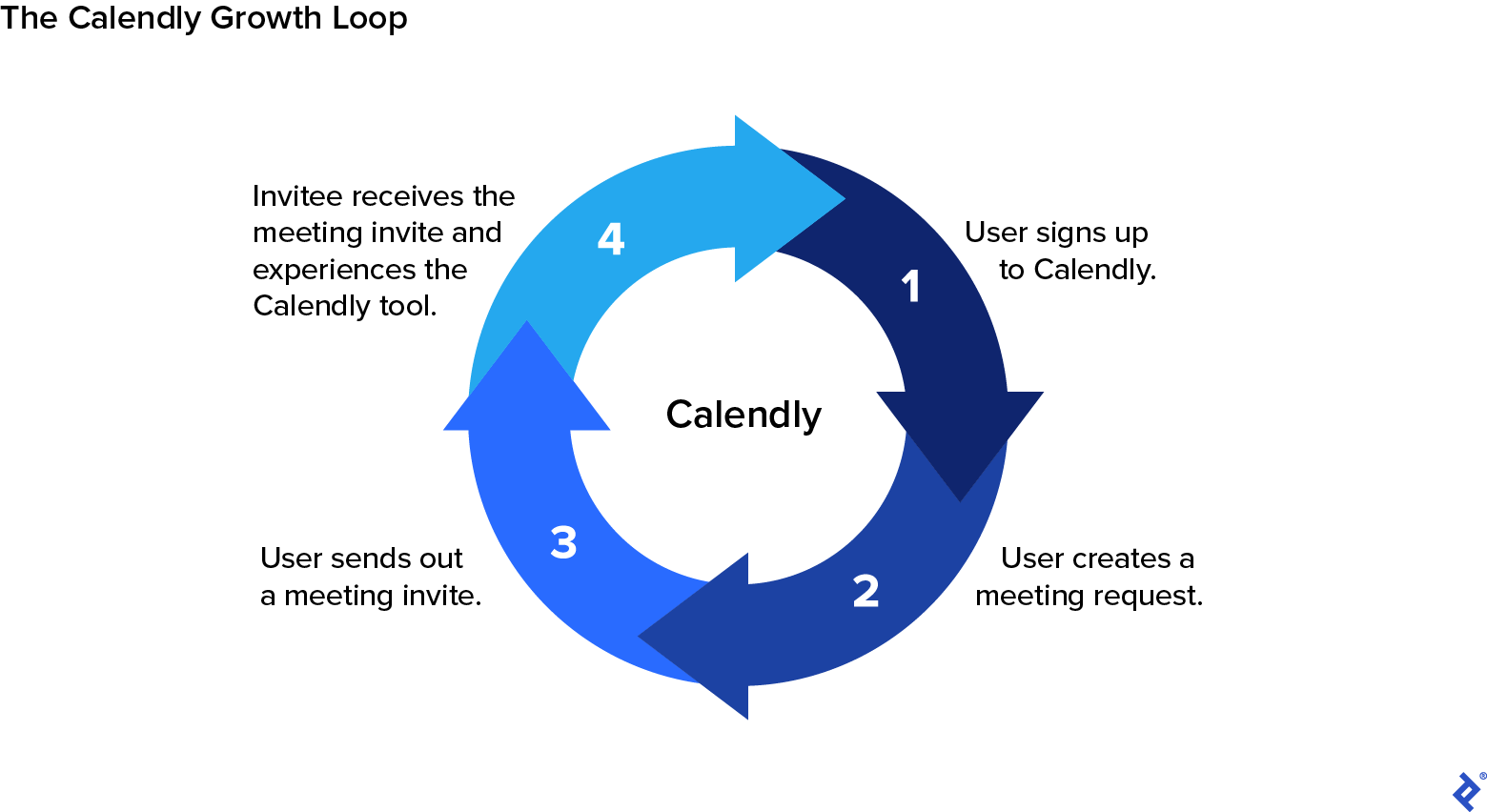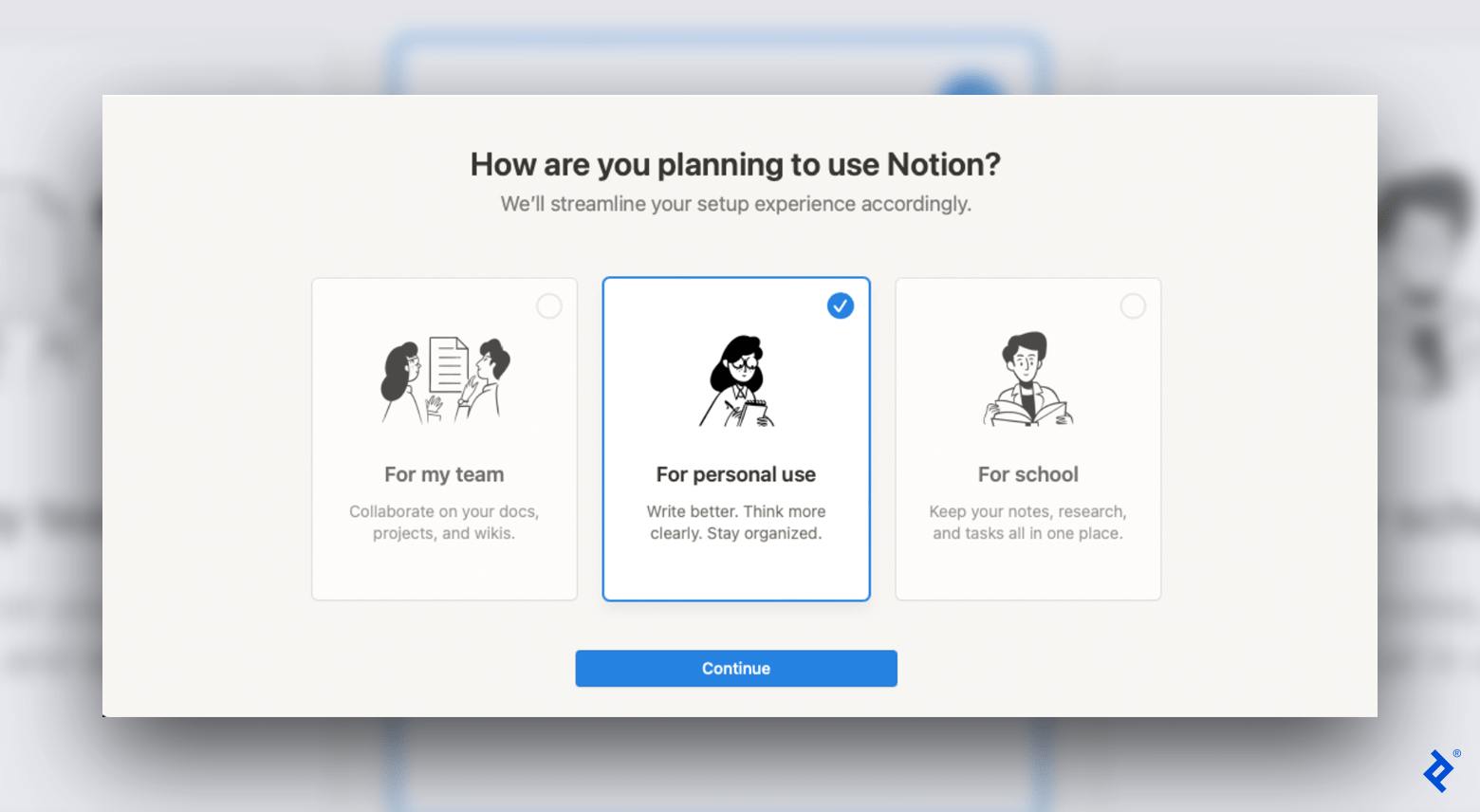3 Product-led Growth Frameworks to Build Your Business
Adoption of product-led growth strategies is soaring, particularly among SaaS companies. This overview of three key frameworks can help you decide which one is right for your company.
Adoption of product-led growth strategies is soaring, particularly among SaaS companies. This overview of three key frameworks can help you decide which one is right for your company.
Arkapravo is a senior product manager with more than a decade of experience. With a background in software engineering and an MBA, he has helped develop and launch global products at Fortune 500 companies, including BT (British Telecom) and Accenture.
Previous Role
Principal Product ManagerPREVIOUSLY AT



In recent years, the tech industry has seen a paradigm shift in the way people buy and use software. Today’s customers want a hands-on encounter with a product before they make a purchase, and they expect a great experience. As a result, consumer-grade UX, personalization, self-learning, and instant value have become the norm. Companies catering to these customer behaviors are known as “product-led.”
Product-led growth has spread rapidly across SaaS organizations. A 2022 survey by ProductLed found that 58% of B2B SaaS companies have already deployed a product-led growth strategy, with 91% of those planning to increase their investment in product-led growth initiatives.
With more than a decade of experience building, launching, and growing global products, I’ve implemented many growth models and strategies. Based on those experiences, I recommend product-led growth, particularly for SaaS businesses. In this article, I explain three frameworks I’ve had great success with, so that you can select the one that will work best for your company.
Sales-led Growth vs. Product-led Growth
In traditional sales-led models, companies typically use content or paid channels to create awareness and attract customers. A prospect becomes a marketing-qualified lead and is handed over to the sales team, which then nurtures the prospect into a sales-qualified lead and draws them through the sales process. Only after making the purchase can the customer experience any value. Once they buy, however, they may not be happy with the purchase, in which case you’ve likely lost them as a present and future customer.
With a product-led model, customers experience the product early in the journey, usually via a trial or freemium. Then they make an informed decision about whether or not to purchase based on their actual use of the product. A great user experience will, therefore, often lead to higher activation, engagement, retention, and referrals, resulting in a higher rate of organic growth.
In short, product-led growth has two foundational pillars:
- Everything revolves around the user experience.
- The product must deliver value before it can capture value.
The Most Effective Product-led Growth Frameworks
Companies seeking to adopt a product-led growth strategy have several frameworks to choose from. The ones discussed here are the three most widely used, and, in my opinion, the most effective. The best framework for your company will ultimately depend on the nature of your product.
1. The Product-led Growth Flywheel
The flywheel framework enables businesses to grow by investing in a superior user experience designed to generate high user satisfaction and increase word-of-mouth referrals, thus driving new user acquisition.

In this framework, four sequential user segments (evaluators, beginners, regulars, and champions) correlate to the key actions (activate, adopt, adore, and advocate) that the customer needs to take in order to graduate to the next level of engagement. The focus is on optimizing the user experience so that they’ll progress through the stages. As the number of users completing each action increases, the flywheel spins faster, further increasing the rate of referrals. This creates a positive feedback loop: As more users become champions, they drive more acquisition—as well as exponential growth.
Product-led onboarding is key here: This means it’s crucial to design the onboarding flow for new customers so that they can quickly become regular users and champions of your product. For a good example of how this can work, consider Notion, a rapidly growing SaaS company focused on knowledge management. It uses personalization to provide a superior experience and offers a visually appealing sign-up flow that helps clarify user intentions. It then offers users a checklist to drive activation, helping them see the tool in action and incentivizing the completion of onboarding.

2. Product-led Growth Loops
The growth loop is a self-sustaining framework that reduces the need for acquisition channels to increase the number of users. The concept is that the output of one stage is automatically reinvested as input in another stage. Calendly, a meeting scheduling tool, is a great example of this framework in action.

Let’s say Participant A wants to schedule a meeting and sends a Calendly invite to Participant B via the platform. Participant B receives the invitation via email and clicks through to begin experiencing the Calendly platform. They find it useful and start sending invitations to others when they need to schedule meetings. In doing so, they are automatically promoting the product, starting a viral loop. Each Calendly customer brings in new customers, with little effort needed from the company. These customers bring more customers, and so on.
3. The Hook Model
This framework was popularized by author and investor Nir Eyal in his book Hooked: How to Build Habit-Forming Products. As the name suggests, it’s designed to hook customers and encourage them to develop a habit of using the product. The strategy is made up of four key phases: trigger, action, variable reward, and investment.

1. Trigger: The problem that elicits the behavior, cueing the action that then turns into a habit.
There are two types of triggers: external and internal. An external trigger might be a social ad, billboard, or even the weather (e.g., seeing rain clouds and buying an umbrella). An internal trigger is harder to pinpoint. It’s an emotion or feeling that the user has, and it’s pretty challenging for you to know when exactly your customer is hungry, bored, or overwhelmed.
2. Action: The behavior the user executes in anticipation of some reward.
The user looks to find a solution to their problem (the trigger). There are two pulleys of human behavior that companies can leverage here: ability and motivation. Practically, that means making the action as easy as possible while simultaneously boosting the user’s desire to take that action.
3. Variable reward: The solution created by the action taken, which reinforces the cycle of behavior.
Research shows that people’s bodies experience a surge of dopamine when their brains expect a reward, and variability in rewards multiplies that effect, activating the parts of the brain associated with wanting and desire. As Eyal describes, these reward types include:
- Rewards of the tribe: Social rewards based on connection and acceptance.
- Rewards of the hunt: Rewards based on material resources.
- Rewards of the self: Personal gratification in the form of mastery or self-realization.
4. Investment: An action that will improve the product or service in the future.
Users are asked to invest in the product itself, usually through a combination of time, data, effort, social capital, and/or money. Once they make an investment, they’re unlikely to abandon the product.
LinkedIn is a good example of a product utilizing the hook model. The need to find a job could be an internal trigger, whereas searching on Google and finding an interesting executive profile on the platform might be an external trigger. Completing the sign-up process is the action. After that, the user receives recommendations for people to connect with, job suggestions, and posts that may be of interest, so they can experience the product’s value. Their variable rewards are the ability to grow their network, information about jobs they can apply for, and helpful content they can read. A user invests in the platform by completing their profile and publishing posts, which in turn garner views, likes, comments, and direct messages—effectively engaging with other users. Contributing in these ways helps users solve their trigger problem, and even achieve other goals, and they keep logging on.
How to Measure Product-led Growth
Whichever framework makes the most sense for your company, you’ll need to track various product-led growth metrics to monitor performance. Here are the fundamental data points I recommend looking at:
-
Time to value: The time it takes new users to experience meaningful value
-
Free-to-paid conversion rate: The percentage of users who commit to a paid account after the trial experience
-
Expansion revenue: The revenue generated from existing customers via upselling, cross-selling, or add-ons
-
Average revenue per user: An indicator of overall business health that is measured by dividing the monthly recurring revenue by the number of customers
By employing one of these three frameworks, you can reap the rewards that product-led growth offers. As the examples of successful implementation that I’ve shared suggest, one framework won’t fit all companies. The one that’s right for your organization will vary depending on your business context and the types of products you sell.
Regardless, what I’ve learned is that at the heart of all product-led growth frameworks is understanding your users and how you can deliver value to them. Whether you decide to follow the flywheel framework, growth loops, or the hook model, creating a seamless experience for your customers should be your goal. Always keep their needs and behaviors in mind as you plan for the future.
Further Reading on the Toptal Blog:
- Growth Product Management: What You Need to Know
- Mitigate Risk With This Simple Product Innovation Strategy
- How to Use Coaching in Organizational Change Management
- Create a Bestselling Product by Evaluating Customer Pain Points
- Building an AI Product? Maximize Value With an Implementation Framework
- The No-code Future: Innovating With Drag-and-Drop Application Development
Understanding the basics
What does PLG mean in business?
In a business context, PLG stands for product-led growth. A product-led growth approach focuses on a positive user experience in which most user interactions with the company are delivered by the product itself.
What is a product-led growth strategy?
A product-led growth strategy is a business approach that centers on creating a smooth user experience, in which most of the interactions with the customer happen through the product itself.
What is product-led growth versus revenue-led growth?
Product-led growth relies on the product to drive organic growth, with less focus on traditional sales tactics. Revenue-led growth places the emphasis on financial profit—all decisions must contribute to increasing revenue.
Bengaluru, Karnataka, India
Member since July 14, 2020
About the author
Arkapravo is a senior product manager with more than a decade of experience. With a background in software engineering and an MBA, he has helped develop and launch global products at Fortune 500 companies, including BT (British Telecom) and Accenture.
Previous Role
Principal Product ManagerPREVIOUSLY AT






